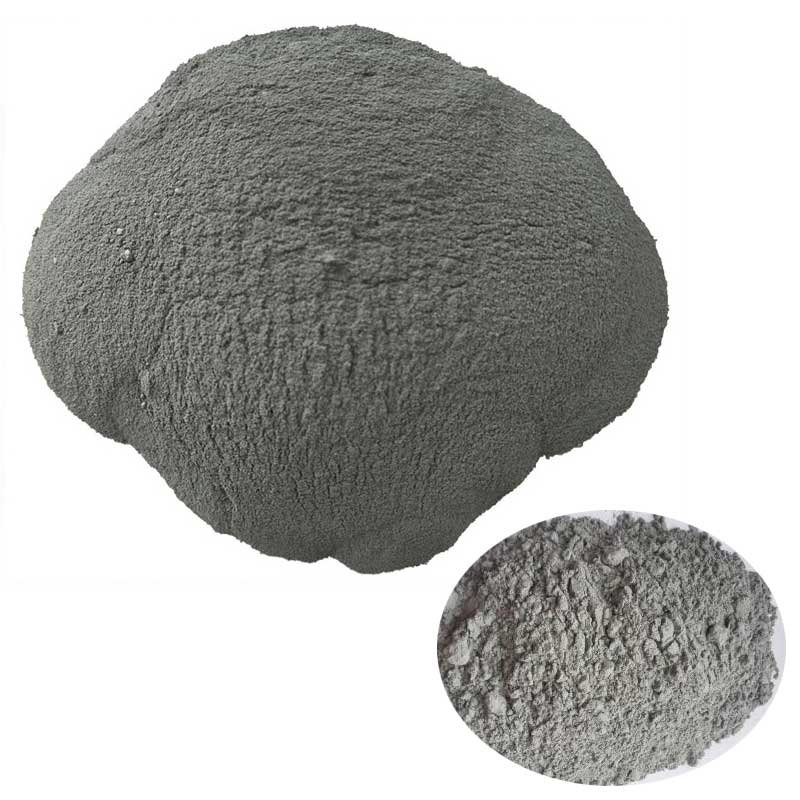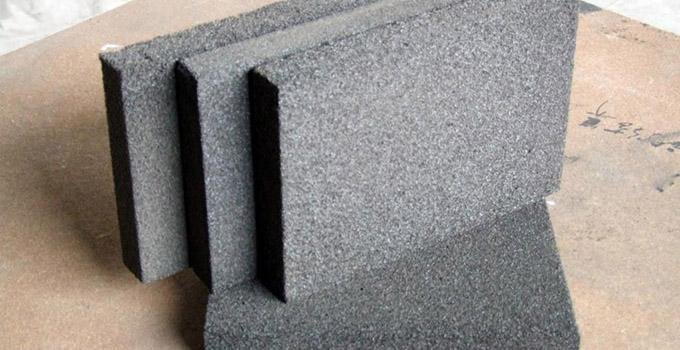 Micro silica, also known as silica fume or agglomerated silica fume, its process is that when ferroalloys in the process of smelting ferrosilicon and industrial silicon (metal silicon), produced a large amount of highly volatile SiO2 and Si gas, rapidly oxidized and condensed with air. It is ultrafine, so it’s hard to handle. It is used to greatly increase the strength and/or density of concrete. Microsilica price is very expensive.
Micro silica, also known as silica fume or agglomerated silica fume, its process is that when ferroalloys in the process of smelting ferrosilicon and industrial silicon (metal silicon), produced a large amount of highly volatile SiO2 and Si gas, rapidly oxidized and condensed with air. It is ultrafine, so it’s hard to handle. It is used to greatly increase the strength and/or density of concrete. Microsilica price is very expensive.
Fly ash is fine ash, generated from the flue gas after coal combustion. so it is literally dirt cheap. It is commonly used as a substitute for cement. It adds many advantageous properties, in particular regarding chemical resistance.
Silica fume and fly ash different ingredient:
The key ingredient in each product is silicon dioxide, which reacts with the calcium hydroxide by-product of Portland cement hydration. Fly ash is about half the size of cement and is about 50% silicon dioxide. Silica fume is about 1% the size of cement and is 85% plus silicon dioxide; both its size and concentration make it much more reactive.
The big advantage of silica fume is the very high strengths, but it requires a lot of water. One pound of silica fume has over 2 acres of surface area that must be wetted. It is sticky and it is hard to keep it from shrinking and cracking.
The big advantage of fly ash is it lowers the cost of the concrete and, because fly ash is basically small spheres, it assists in both finishing and pumping. The drawback is that it delays strength gains so early strengths will be lower.
Silica fume and fly ash different performance:
Silica fume has higher compressive strength than the fly ash. For example, long term strength will increase up to 25% with 30% Class C fly ash mix, whereas 15% microsilica mix will increase strength by 30%. Silica fume also has significant advantage over fly ash when permeability is a factor.
Silica fume is more used for protection of the rebar. It is 100th the size of a cement grain and so the concrete matrix is less permeable than OPC or the one mixed with fly ash. Micro silica does need a lot of water in the mixing and the high performance superplasticers have been developed to solve this problem. Microsilica needs water for curing as well and finish is generally superior to OPC.
Apart from better protection to the rebar, higher strength (though not usually the prime motivation behind as a bit of more cement can achieve the same result) micro silica fume is one of the rare material one can add to the mix to improve the abrasion resistance of the concrete. Thus it is popular in areas where water flow at velocity too high for the normal concrete.
In addition, after adding silica fume and fly ash into cement paste, it has an effect on hydration performance. Silica fume can decrease the fluidity of cement paste; fly ash can increase the fluidity of cement paste.


